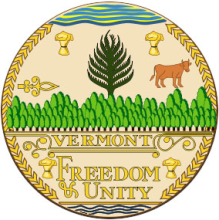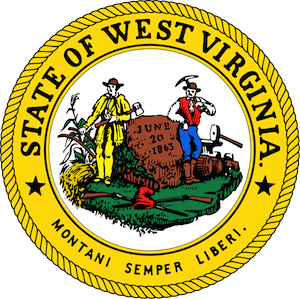Task Force in Rural Connecticut Explores Community’s Appetite for Fiber
The newly formed Utilities Task Force in the City of Redding, Connecticut, is exploring the potential of bringing fiber connectivity to this rural town of about 9,000 people. Redding is about 65 miles northeast of New York City and just 25 miles north of Stamford.
As part of their feasibility analysis, the task force sent a survey to residents and businesses to gauge interest in bringing a fiber network to Redding. While the analysis is still ongoing, task force board member Susan Clark expressed optimism. “I’ve been energized by how many people have shown interest in this,” Clark told the News Times.
The task force believes if the survey reveals strong interest in the community for the nascent project, private Internet providers would be more inclined to help the community build the network. Community leaders hope that a new fiber network would attract new residents such as “knowledge workers” who depend on reliable, highspeed Internet access that allows them to work from home.
A second member of the task force, Leon Kervelis, told the The Redding Pilot that the task force has hopes the proposed network, if built, could eventually grow beyond Redding:
“It’s not intended to be a single town project…we’d get several towns together in a conglomerate, and that municipal conglomerate decides procedures and financing for the infrastructure,” he said.
Kervelis also explained the task force’s proposed plan for how to pay for the network, saying residents and businesses would pay a small surcharge on their property taxes, a far cry from current rates:











